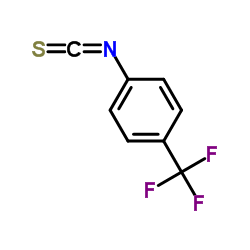| Structure | Name/CAS No. | Articles |
|---|---|---|
 |
4-AMINO-1,8-NAPHTHALIMIDE
CAS:1742-95-6 |
|
 |
p-Trifluoromethylphenylisothiocyanate
CAS:1645-65-4 |